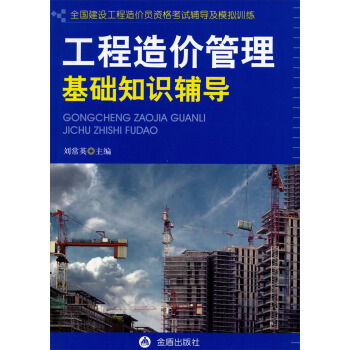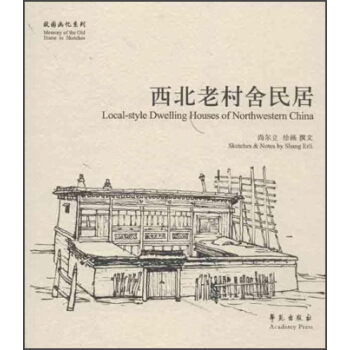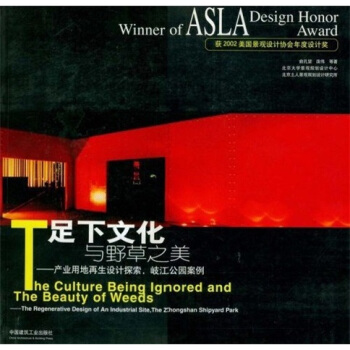

具体描述
内容简介
本工程从现场调查(1999年5月)到设计再到基本建成(2001年5月),历时两年有余。其间有不少痛苦也有许多欢乐。除了众多设计者的辛勤劳动之外,特别要感谢对土人始终怀着信任的态度,并最终使设计付诸实的人们,该感谢的人和值得回忆的事很多,不能一一表白。其中令人难忘的是三个场景,头一个场景发生在1 999年初,刘慧林女士偕何少阳、何华忠,张柯等一行到北京,将如此一个富有挑战性的项目委托给“土人”,这种信任一直成为“土人”在设计与工程建设过程中重要的精神支柱;第二个场景发生在1 999年6月,当土人初次将一个”足下文化与野草之美”的概念呈示给中山市规划局组织的专家们评审会时,得到了以刘管平教授为首的专家们的充分肯定,刘教授并在此后的多次方案争议中,甚至在几经面临被推翻的场合中,都坚决表明其肯定的立场,使得方案的原义能得以基本坚持。第三个场景发生在2001年初,公园的建设进入关键时刻,彭建文副市长力排众议,使公园的一些关键设计能得以实现,而避免了一些较大的遗憾,彭市长并以“二锅头”相赠,使春节前夕仍然奋战在工地的”土人”们得到极大鼓舞。岐江公园是个实验作品,允许失败是实验能否继续的关键,正是中山市的决策者和主管部门对待实验性设计的积极态度,正是刘管平教授这样的专家对待新的探索的鼓励和支持,才使本项目得以完成。正当《足下文化与野草之美》完稿之际,获悉本项目被授予2002年美国景观设计协会年度设计荣誉奖,评委们及国际同行的评价令人欣慰,对那些曾经为本项目付出劳动的执着的人们是一种莫大的赞许。作为本项目的主持设计师,本人十分庆幸有一支特别能战斗的“土人”团队。没有这一团队中每一位直接和间接参与项目的”土人”们的齐心协力,没有“北京土人”和“广州土人”之间默契的两地配合,要完成这样一个复杂的工程是不可能的。特别应该感谢的是庞伟和黄征征领导的现场工作组,每次到现场看到他们全身沾满泥土,从一个个白领设计师,变成了真正的“土人”甚或“泥人”,在南方的烈日下指挥,甚至亲自施工,一种敬意和感激之情便油然而生。
我们也非常荣幸地获得众多艺术家、工程师、学者以及当地各级领导直接或间接地给予项目的支持和帮助。
《足下文化与野草之美》作为一个案例的集成,在倡导足下文化与野草之美的同时,在设计途径上做了些探索,特别在三个方面会对同行有所启发
首先,如何解决水位变化的滨水地段的生态性与亲水性,本案例尝试了栈桥式的水际设计方式,事实证明是成功的:
第二,如何解决江河防洪过水断面拓宽和保护沿岸绿带的问题,本案例尝试了挖侧渠而留岛的方式,事实证明也是可行的,
第三, 如何对待产业用地及其构筑物等,本案例尝试了三种设计途径,即:保留、改造再利用和再生。这方面可探讨的余地较大。
项目有许多遗憾,有的是在设计中发生的,有的是在工程实施过程中发生的,但主题和立场是鲜明的,那就是尊重足下的文化——平常的和普通人的文化,歌唱野草之美——那些被践踏和被忽视的美。同时强调,并不是所有普通和平常的文化都可以成为艺术的,也不是自然和野草就是美的,设计才使它们成为艺术,成为美。本案例用直白的语言表达了设计者对文化的理解,对传统的理解,对自然的理解,对设计的理解,对人性的理解,对公园的理解。
非常感谢刘慧林女士作为整个设计过程的内情人为《足下文化与野草之美》提供了一篇档案性的重要文字,刘女士是有权利解说设计委托过程及方案论证过程的。
《足下文化与野草之美》还有幸获准收入两篇已发表的评论,由深圳大学建筑设计院的胡异和东南大学王建国教授提供,他们分别从现场体验者的角度和站在一个全球产业用地再利用和再生的视野上,以外在者的身份来定位和解读岐江公园,都将有助于读者认识岐江公园。
除注明外,《足下文化与野草之美》的其他文字和照片都由俞孔坚撰写、拍摄,尽管如此,《足下文化与野草之美》所展示的成果是集体创作的结晶。
目录
贡献者前言(俞孔坚)
第一部分 初设计(俞孔坚)
Description 0f the Design
1.1 场地概况
1.2 规划目标(公园性质)与原则
1.3 总体设计思想:
1.3.1 场所性:着重在三个层面上体现
1.3.2 功能性:开放的综合性城市空间
1.3.3 生态性:因地制宜,乡土生物群落
1.3.4 经济性:充分利用场地的条件减少投入挖掘土地价值
1.4 总体布局与总体景观设计
14.1 南北格局
1.4.2 水系格局
1.4.3 道路系统
1.4.4 广场
1.4.5 建筑
1.4.6 节点与小品
1.4.7 绿化
1.4.8 驳岸
1.4.9 铺地
1.5 经济技术指标
第二部分 诠释(俞孔坚)
Interpretation
2.1 理解场地:机遇与挑战
2.2 理解文化与传统:关于足下的文化与直线路网
2.3 理解自然:关于野草之美
2.4 理解设计:保留、再利用与再生
2.5 理解公园:溶解的公园
2.6 理解人性:关于铁轨、绿盒子、红盒子及其他
第三部分 图解(俞孔坚)
Illustrations
3.1 场地挑战与对策:变化的水位与栈桥式湖岸
3.2 场地挑战及对策:古树保护,防洪与挖渠成岛
3.3 产业构筑物及用地再利用方法:保留、再利用和再生设计
保留设计:保留乡土植物群落和生境
保留设计:保留具有历史感的驳岸
改造与再利用:西部船坞
改造与再利用:东部船坞
改造与再利用:琥珀水塔
再生设计:裸钢水塔
改造与再利用:铁轨
改造与再利用:龙门吊塔
改造与再利用:孤囱长影与工人劳动造像
改造与再利用:机器与拆除的建材
改造与再利用:铁舫系列
再生设计:野草
再生设计:直线路网
再生设计:红盒子,红色记忆
再生设计:绿盒子
再生设计:万杆柱阵,场所集体主义精神的再生
再生设计:新亭子
再生设计:语言与格式
再生设计:米字结构与铁栅涌泉
再生设计:空间的再生
第四部分 回味
Words from the Insiders
4.1 场所语境——中山岐江公园的再认识(庞伟)
4.2 城市公园设计的创新尝试——岐江公园设计
委托的过程与理念(刘慧林)
第五部分 旁观者说
Words from Outsiders
5.1 关于产业类历史建筑地段的保护性再利用(王建国、戎俊强)
5.2 时间和人的舞台——中山岐江公园侧记(胡异)
前言/序言
用户评价
The very title of this book acts as a potent invitation to delve into a world often overlooked, a world where history and design intersect with profound implications. The author's exploration of "足下文化" is not a superficial recounting of industrial history; it is a deep and empathetic engagement with the human stories, the social dynamics, and the cultural imprint left by generations of workers. This understanding is fundamental to any successful regeneration project. The "野草之美" metaphor is brilliantly deployed, highlighting the inherent potential for life, resilience, and unexpected beauty to flourish in environments that might otherwise be perceived as sterile or degraded. The detailed and meticulous analysis of the 岐江公园 case study serves as a compelling practical application of these principles. It showcases how a design strategy, informed by a profound respect for the site's inherent character and historical layers, can lead to the creation of a public space that is both functional and deeply evocative. The author’s nuanced approach to the complexities of urban renewal, emphasizing the iterative process and the dialogue between old and new, makes this book an indispensable guide for anyone seeking to understand the art and science of transforming industrial land. It’s a narrative that celebrates the enduring spirit of place and the transformative power of thoughtful design.
评分This book's title, "足下文化与野草之美:产业用地再生设计探索,岐江公园案例," immediately sparked my curiosity, promising a thoughtful examination of overlooked spaces. The author's exploration of "足下文化" is particularly striking. It moves beyond simply identifying historical artifacts or architectural styles; instead, it delves into the very essence of a place, uncovering the layers of human experience, social history, and collective memory embedded within industrial sites. This nuanced understanding is crucial, as it recognizes that these landscapes are not empty vessels but hold profound narratives that can inform contemporary design. The metaphor of "野草之美" is equally compelling. It speaks to the inherent resilience of nature and the capacity for beauty and vitality to emerge even in the most unexpected and seemingly inhospitable conditions. The detailed case study of 岐江公园 serves as a powerful illustration of these concepts. It demonstrates, with remarkable clarity, how a sensitive and context-specific design approach can transform a derelict industrial area into a vibrant and meaningful public space. The author expertly navigates the complexities of regeneration, highlighting the importance of integrating past, present, and future in a harmonious and sustainable manner. This is a book that encourages a deeper appreciation for the hidden histories within our urban environments and inspires a more thoughtful approach to their revitalization.
评分The profound depth of this book, commencing with its captivating title, has left an indelible impression on my perception of urban planning and landscape design. The author's meticulous dissection of "足下文化" delves into the very essence of a site's history, not merely as a chronological account, but as a living, breathing entity shaped by human activity. This approach has fundamentally altered how I view industrial dereliction, shifting my perspective from one of decay to one of latent potential. The "野草之美" concept serves as a powerful, yet subtle, reminder that nature, in its most resilient forms, can reclaim and re-envision even the most man-made environments. The detailed examination of the 岐江公园 project is nothing short of exemplary. It illustrates, with striking clarity, how an understanding of the site's inherent cultural fabric, coupled with innovative design strategies, can foster a harmonious integration of past and present. The narrative skillfully navigates the intricate balance between preserving the authentic character of the industrial remnants and introducing new elements that serve contemporary needs and aspirations. This is not a book that offers simplistic solutions; rather, it invites a complex dialogue about the multifaceted nature of urban regeneration, encouraging readers to consider the ethical, social, and aesthetic dimensions of design. The author’s intellectual curiosity and evident passion for the subject matter permeate every page, making for a truly enriching and thought-provoking read.
评分From the moment I encountered the title, I sensed this book would offer a unique lens through which to view urban transformation. The author’s exploration of "足下文化" delves into the layers of human activity and historical narratives that lie embedded within industrial sites, moving beyond mere architectural preservation. It’s about acknowledging the spectral presence of past lives and work, and understanding how that history informs the present. The "野草之美" is a beautiful and apt metaphor for the resilience and unexpected beauty that can emerge from seemingly neglected or degraded landscapes. It speaks to the power of nature and thoughtful design to breathe new life into old structures. The case study of 岐江公园 is a masterclass in this approach. It demonstrates, with compelling detail, how a sensitive and informed design process can reinterpret industrial heritage, creating a public space that is both functional and evocative. I was particularly impressed by the author’s ability to articulate the design rationale, explaining how specific interventions aimed to honor the site’s past while embracing its future. This is not just a book about design solutions, but a profound reflection on the ethics and aesthetics of urban regeneration, prompting readers to reconsider their relationship with the built environment and the stories it holds. The thoroughness of the investigation and the evident passion for the subject matter make this an indispensable resource for anyone interested in the future of our cities.
评分这部作品的出现,仿佛为我打开了一扇通往过去与未来的窗户,让我得以窥见那些被遗忘的工业肌理中蕴藏的生命力。书名本身就极富诗意和哲理,“足下文化” evocatively points to the grounding, the historical strata, the human stories embedded within a place, while “野草之美” offers a powerful metaphor for resilience, for finding beauty and vitality in unexpected corners, even in seemingly degraded or abandoned landscapes. The subtitle, “产业用地再生设计探索,岐江公园案例”, grounds these abstract concepts in a tangible, real-world project. As I delved into its pages, I was immediately struck by the author's nuanced understanding of industrial heritage. It’s not just about preserving old brickwork or defunct machinery; it’s about understanding the social, economic, and cultural narratives that shaped these sites. The exploration of “足下文化” felt particularly insightful. It goes beyond a mere historical recount, delving into the lives of the people who worked in these industries, their aspirations, their struggles, and how their presence has left an indelible mark on the very land. This deep dive into the human element is what elevates the book from a technical design manual to a profound reflection on place-making and memory. I found myself constantly drawing parallels between the book's observations and my own experiences of navigating urban environments, recognizing the hidden histories that often lie just beneath the surface of our everyday lives. The author’s ability to weave together historical context with forward-looking design principles is truly commendable, creating a narrative that is both academically rigorous and emotionally resonant.
评分I was immediately drawn to the poetic allure of this book's title, which hinted at a deeper exploration than mere architectural design. The author's exploration of "足下文化" is particularly insightful, revealing how industrial sites are not just inert structures but are imbued with the echoes of human labor, innovation, and the very fabric of community life. This perspective is transformative, encouraging us to see these places not as burdens of the past, but as rich repositories of memory and potential. The "野草之美" metaphor beautifully articulates the inherent capacity for renewal and the unexpected beauty that can emerge when nature and thoughtful human intervention are allowed to interact. The book's comprehensive exploration of the 岐江公园 case study serves as a powerful testament to this idea. It demonstrates, with clarity and precision, how a design approach rooted in a deep understanding of the site's historical and cultural context can lead to the creation of vibrant, inclusive, and meaningful public spaces. The author's ability to articulate the complexities of industrial regeneration, acknowledging both the challenges and the opportunities, makes this a truly valuable resource. This is a book that will undoubtedly inspire a more sensitive and imaginative approach to the reuse of industrial land, fostering a deeper connection between people and place.
评分The profound resonance of this book, beginning with its evocative title, lies in its ability to reframe our understanding of industrial landscapes. The author's deep dive into "足下文化" isn't just about cataloging historical remnants; it's about understanding the pulse of the past, the human narratives, and the intangible heritage that industrial sites embody. This perspective is crucial in moving beyond a purely utilitarian view of land use towards one that acknowledges the historical and cultural significance of these places. The "野草之美" metaphor perfectly captures the essence of renewal and the unexpected beauty that can emerge from seemingly neglected environments. It speaks to the inherent resilience of both nature and human creativity. The detailed examination of the 岐江公园 case study provides a tangible and inspiring example of this philosophy in practice. The author meticulously outlines how design interventions can honor the industrial past while simultaneously creating dynamic and accessible public spaces for the present and future. This is a book that challenges conventional thinking about urban decay and offers a compelling vision for how we can thoughtfully reimagine and revitalize these often-overlooked areas. The rigorous research and evident passion for the subject make this an essential read for anyone involved in urban planning, landscape architecture, or simply interested in the evolution of our cities.
评分This book's title alone is a beautiful invitation to explore, and the content within lives up to that promise with remarkable depth. The author's investigation into "足下文化" is particularly compelling, as it goes beyond the superficial to uncover the rich tapestry of human stories and historical narratives that industrial sites contain. It’s a powerful reminder that these places are not merely inert structures but hold a living legacy of human endeavor. The metaphor of "野草之美" is truly inspired, evoking a sense of resilience and the inherent capacity for life and beauty to flourish even in the most challenging environments. The detailed case study of 岐江公园 serves as a powerful illustration of these concepts in action. It showcases how a thoughtful and context-sensitive design approach can transform derelict industrial land into vibrant, meaningful public spaces that resonate with both history and contemporary needs. I found the author's ability to synthesize historical research, design theory, and practical application to be exceptional. The book doesn't just present solutions; it encourages a deeper understanding of the process, highlighting the importance of respecting the existing conditions and working with them to create something new and enduring. It’s a book that will undoubtedly inspire a more nuanced and appreciative approach to urban regeneration.
评分This book, with its evocative title, truly resonated with my personal fascination for urban regeneration and the often-overlooked beauty of industrial landscapes. The author’s approach to “足下文化” felt refreshingly holistic. It wasn't just about identifying historical artifacts but about understanding the lived experiences and the intangible cultural heritage that industrial sites embody. This perspective shifted my own understanding of what it means to regenerate a space. Instead of simply seeing a derelict factory as an empty shell, I began to appreciate it as a repository of human endeavor, a silent witness to generations of work and innovation. The “野草之美” metaphor is particularly potent; it speaks to the inherent potential for life and renewal even in the most unpromising environments. The book’s detailed exploration of the岐江公园 case study serves as a brilliant illustration of this principle. It demonstrates how thoughtful design, informed by a deep respect for the existing context, can transform what was once seen as a scar on the landscape into a vibrant, accessible, and culturally significant public space. I particularly appreciated the way the author didn't shy away from the complexities of such projects, acknowledging the challenges and the compromises that are often inherent in the process of reinvention. The visual documentation within the book, though not explicitly detailed here, is crucial in conveying the transformative power of these design interventions, allowing readers to visualize the evolution of the site.
评分I found myself utterly captivated by the philosophical underpinnings of this book, beginning with its poetically charged title. The author's exploration of "足下文化" is not just an academic exercise; it feels like an excavation of collective memory, unearthing the stories and the very essence of a place that industrialization has left behind. This perspective challenges the common notion of obsolescence, suggesting instead that these sites hold invaluable lessons and a unique aesthetic potential. The "野草之美" metaphor is particularly striking, conveying a sense of organic growth and the ability of life to find its way through even the most hardened surfaces. The book's focus on the 岐江公园 as a case study is incredibly well-chosen. It serves as a tangible testament to the transformative power of design when it is deeply informed by an understanding of the site's intrinsic cultural and historical layers. The author expertly articulates how the design process, when guided by these principles, can foster a sense of continuity and belonging, creating spaces that are both functionally relevant and deeply meaningful. I was particularly struck by the emphasis on the iterative nature of design, the constant dialogue between the existing conditions and the proposed interventions, which allows for a more organic and authentic regeneration. This is a book that will undoubtedly spark new conversations and inspire a more thoughtful approach to the reuse of industrial land.
相关图书
本站所有内容均为互联网搜索引擎提供的公开搜索信息,本站不存储任何数据与内容,任何内容与数据均与本站无关,如有需要请联系相关搜索引擎包括但不限于百度,google,bing,sogou 等
© 2025 book.coffeedeals.club All Rights Reserved. 静流书站 版权所有

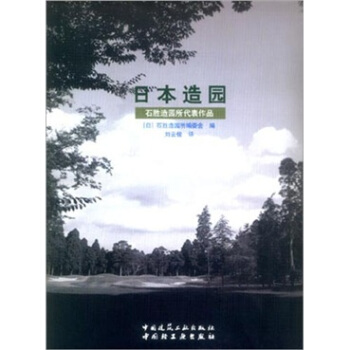
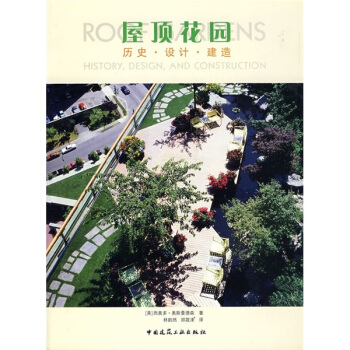
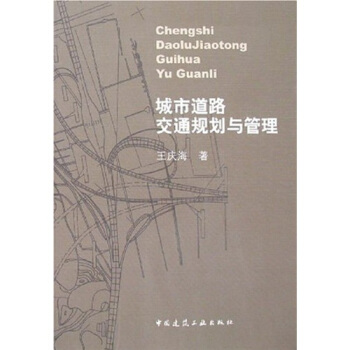
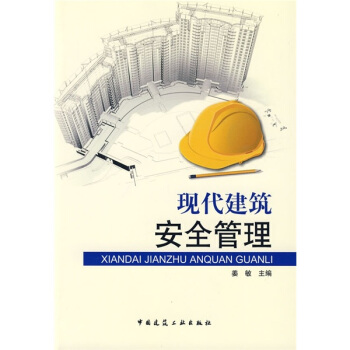

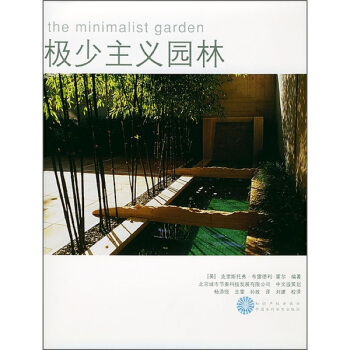
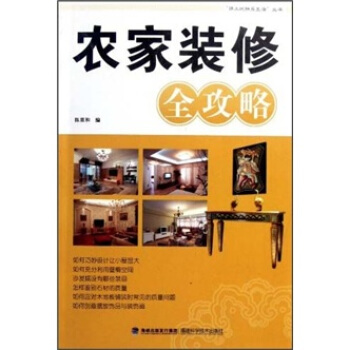

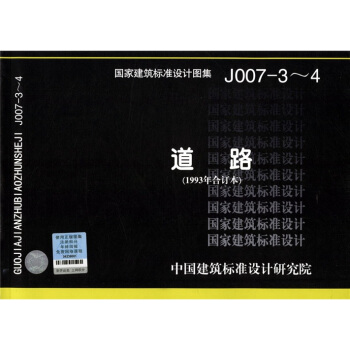


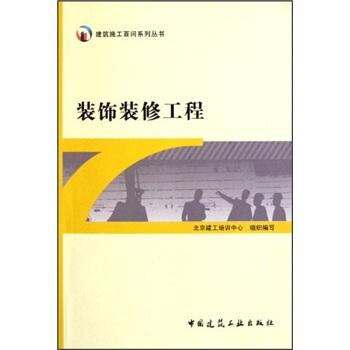
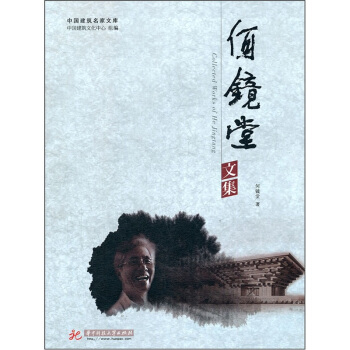
![2011年全国建筑院系建筑学优秀教案集(附光盘1张) [Collection of Teaching Plan for Architecture Design and Theory in Architectural] pdf epub mobi 电子书 下载](https://pic.windowsfront.com/11082036/rBEHZVBZlSAIAAAAAAENfQUfOPIAABahwKw8ZQAAQ2V808.jpg)

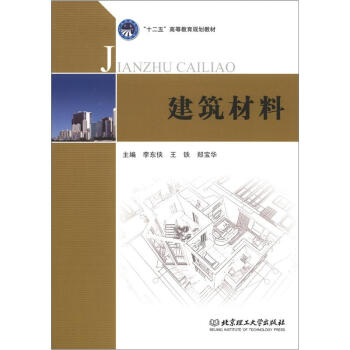
![中国红·中国建筑装饰 [Chinese Architectural Decoration] pdf epub mobi 电子书 下载](https://pic.windowsfront.com/11100794/rBEHaFCbajgIAAAAAAEjR9dgEnQAACubQDztZwAASNf608.jpg)

